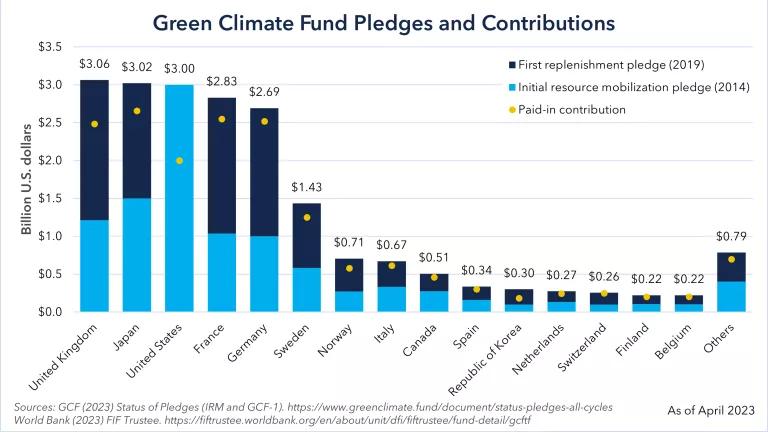FEMA Restores Potentially Lifesaving Flood Standard
The onslaught of Hurricane Ida—one of the strongest hurricanes to ever strike the U.S. mainland—has underscored the criticality of protecting the nation’s public infrastructure and more importantly, the lives of those who rely on it, from a more flood-prone future.

Hurricane Ida—one of the strongest hurricanes to ever strike the U.S. mainland—has inflicted severe flood damage throughout the Gulf Coast. As the storm moved north, widespread flooding occurred from the mid-Atlantic through New England. Ida’s onslaught has underscored the criticality of protecting the nation’s public infrastructure and more importantly, the lives of those who rely on it, from a more flood-prone future. Fortunately, the Biden administration has reinstated the Federal Flood Risk Management Standard, which will help guide the United States towards achieving that need.
The standard requires all federally funded infrastructure, like public housing, hospitals, fire stations, and water treatment plants, to be built safer by accounting for more extreme floods and sea level rise in siting and design.
Last week, the Federal Emergency Management Agency (FEMA) announced an interim policy partially implementing the standard. Moving forward, FEMA will require any non-critical infrastructure project funded by one of the agency’s Hazard Mitigation Assistance (HMA) programs to be flood-safe a minimum of two-feet above the height of a 100-year flood. Under existing FEMA regulations, critical infrastructure is required to be protected to the level of a 500-year flood event when using funds from these same HMA programs.
FEMA’s announcement presages broad safety and cost-savings implications for how the nation prepares for major disasters. The HMA programs, which include the Building Resilient Infrastructure and Communities (BRIC) program, the Flood Mitigation Assistance (FMA) program, and the Hazard Mitigation Grant Program (HMGP), are projected to spend billions of dollars in the coming years, better preparing the United States for a more risky future due to climate change. In FY2021, the BRIC and FMA programs will make available nearly $1.2 billion. Concerning the HMGP, the Biden administration announced $3.5 billion in eligible funding, which represents close to 25 percent of all funding ever allocated through the program.
This $4.7 billion investment will likely translate to major infrastructure investments. The reinstated Federal Flood Risk Management Standard will ensure those investments are designed for a future of more extreme flooding, better protecting the Americans who will rely on those investments to keep them safe.
However, FEMA’s HMA programs represent only a small portion of the money the federal government spends on infrastructure development. FEMA’s Public Assistance program has shelled out billions of dollars helping communities recover from major disaster events. The Department of Homeland Security’s Inspector General recently faulted FEMA for repeatedly paying to repair infrastructure that was damaged by flooding. Full implementation of the Federal Flood Risk Management Standard would ensure these assets are rebuilt to a higher margin of safety, lessening the chance of the being damaged again.
The Department of Housing and Urban development, likewise, spends significant sums of taxpayer dollars annually through its multiple grant programs on public assets, like affordable housing. The FFRMS applies to all federal agencies that pay for projects in or near floodplains. As such, these agencies must follow FEMA’s lead and start implementing the standard into their programs and operating procedures quickly, ideally achieving full implementation by December 2022.
As Congress seems poised to invest trillions in much-needed infrastructure improvements, it's heartening that the Biden administration has restored the flood protection standard and is moving towards implementation across all agencies.




